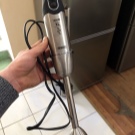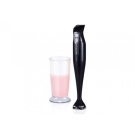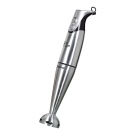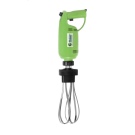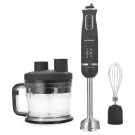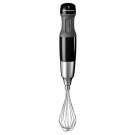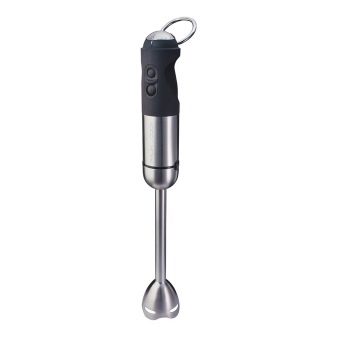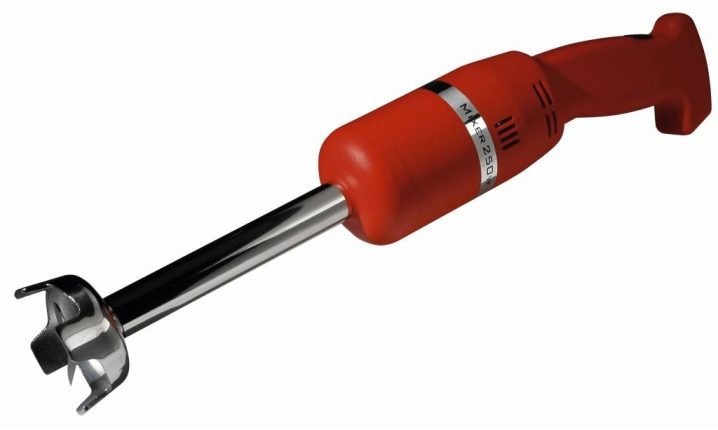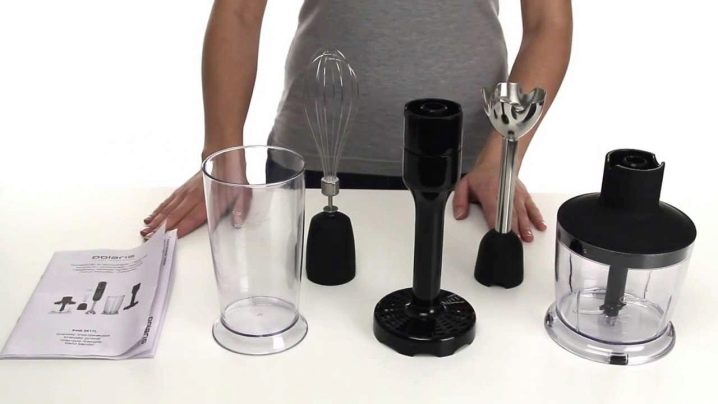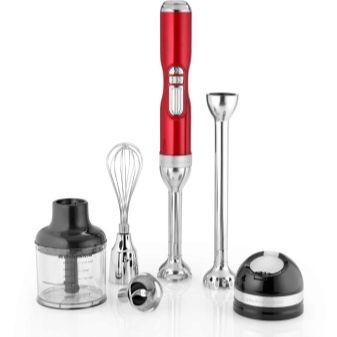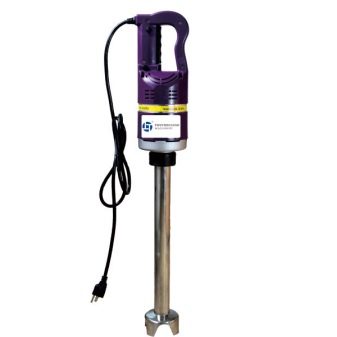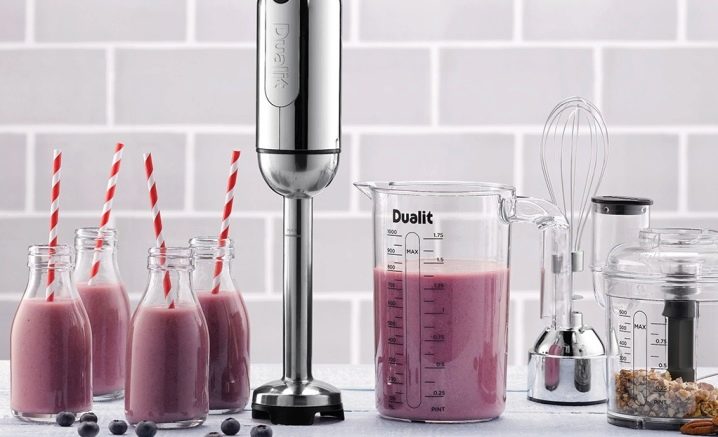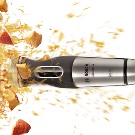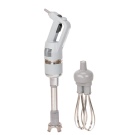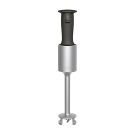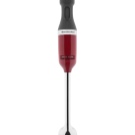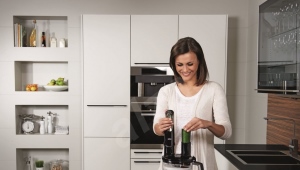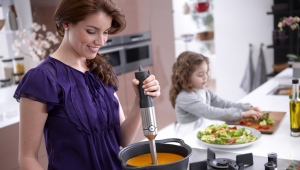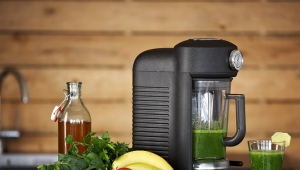Professional submersible blender
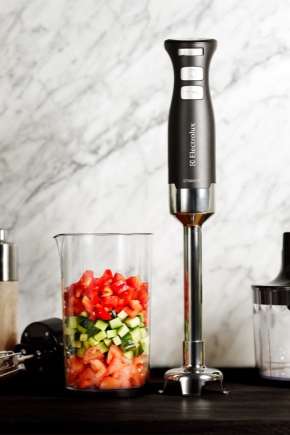
Blenders are divided into two categories: domestic and professional submersible. The first category is intended for home cooking, the second for daily use, mixing and whipping products in large quantities. Their target audience is catering chains, private bakeries and cafes, culinary departments in supermarkets and large families with 7 or more people.
What is different from household?
It is a mistake to assume that a professional immersion blender differs from a household one only in power. On the contrary, the power of such devices can be 250-350 W, and the category is still not domestic. The fact is that models designed for frequent use have the ability to replace any component. Each brand, which produces professional models for the kitchen, has in its arsenal of spare parts and accessories that can be easily purchased separately, without replacing the main part. Sold separately:
- engine compartment;
- knives for foot and mill;
- leg;
- leg brackets;
- electrical power cords;
- small amount of nozzles.
The second difference is the build quality. The body of the professional device is metal, heavier than the ordinary household, but it also has an anatomical shape and a rubberized coating. Therefore, with more weight, it is still more convenient to keep it. There are models for right-handed and left-handed with a different arrangement of buttons.
The third difference is the capacity of the device. There are models for short-term work with a capacity of up to 15 liters (for private coffee shops, where they prepare individually for each client) and models for working with a capacity of up to 200 liters. The power of the device can be different from 350 to 750 watts.
The weight of a professional blender can vary from 2 to 4.5 kg.
Nozzles
Blender tips for restaurant cuisine are as strong as the blender itself.
The corollas are made of steel, have a structure, as in a mixer: two corolla overlap each other and rotate in different directions. They do not bend when working with a large amount of dough and do an excellent job with a biscuit.
Locks for the engine compartment with a whisk are used to fix the device in the bowl, give the opportunity to relax their hands, automate the process.
Nozzles for attaching a blender to boilers in the form of a rod, on which you can move the device.
Corollas of different lengths. The optimal length of the immersion whisk for working with large bowls is 50 cm.
Profblenders are not sold in sets, components are selected in accordance with the purpose and individual preferences of the chef. There are two functional tips: a leg and a rim for dough. They differ only in length and size of the blades. The standard metal leg performs the function of chopping ice, chopping meat and mixing sauces. For the dough and everything else - a mixing whisk.
Professional Model Classes
- A budget option. It will still cost more than a regular kitchen blender. The production will be Chinese. As a rule, the Chinese copy the design and functionality of the top manual models. Judging by the reviews, the quality of such equipment is higher than that of any household blender, the price starts from $ 250.
- The middle class is a blender from European (Switzerland, Austria, France) and several American manufacturers.They will be an excellent assistant in small enterprises or in the kitchen of a large family: “Vema”, “Stadler”, “Macap”, “Bohum”, “KitchenAid”, “Hamilton beach”, “Robot Coupe”.
- Premium class is a model for professional kitchens. Market leaders are American brands: “Vitamix”, “Blendtec” and “Waring”. The price of such models is from $ 500 per engine block.

